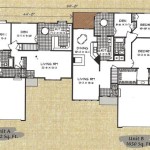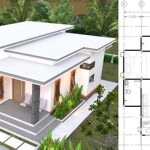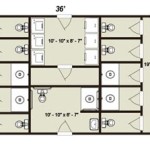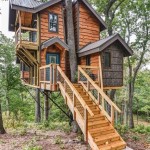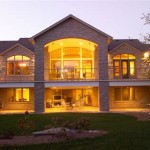Essential Aspects of Tiny House Plans On Wheels Free
Designing and building a tiny house on wheels is a rewarding endeavor that offers numerous benefits, including reduced living costs, increased mobility, and a smaller environmental footprint. With meticulous planning and careful consideration of essential aspects, you can create a functional and comfortable tiny home that meets your unique needs.
1. Legal Considerations:
Before embarking on your tiny house journey, it is imperative to research local building codes and zoning regulations. Determine whether tiny homes on wheels are permitted in your desired location and if they require special permits or licenses. Additionally, consider insurance options tailored to tiny homes.
2. Foundation and Frame:
The foundation of your tiny house on wheels is crucial for stability and longevity. A sturdy frame constructed from durable materials such as steel or aluminum will provide a solid base for your home. Consider the weight and size of your tiny house when designing the frame.
3. Towing Requirements:
Your tiny house on wheels needs to be towable by a vehicle. Factor in the weight of your home, including appliances, furniture, and personal belongings. Determine the towing capacity of your vehicle and ensure your tiny house remains within that limit.
4. Size and Layout:
The size and layout of your tiny house will significantly impact its functionality and comfort. Consider your lifestyle and daily routine to determine the essential spaces and features you require. Plan for a sleeping area, kitchen, bathroom, storage, and potentially a living or dining space.
5. Utilities and Amenities:
Providing essential utilities is vital for a comfortable stay in your tiny house. Consider options for water and waste management, such as a rainwater collection system and a composting toilet. Incorporate electrical systems for lighting, appliances, and heating or cooling systems.
6. Storage Solutions:
Storage is often a challenge in tiny houses. Plan for clever and efficient storage solutions, such as built-in shelves, drawers under seating, or overhead compartments. Utilize vertical space with wall-mounted shelves and baskets.
7. Energy Efficiency:
To minimize energy consumption and reduce operating costs, incorporate energy-efficient appliances and lighting fixtures. Consider installing solar panels or a wind turbine to generate renewable energy. Insulate your tiny house thoroughly to regulate temperature and reduce heating and cooling requirements.
8. Ventilation and Air Quality:
Proper ventilation is essential for air quality and comfort within your tiny house. Install windows and vents to allow for cross-ventilation. Consider adding a ceiling fan or portable air purifier to improve air circulation.
9. Comfort and Ambiance:
Beyond functionality, prioritize comfort and ambiance in your tiny house. Choose materials and colors that create a welcoming and inviting space. Incorporate natural light with large windows and skylights. Add personal touches, such as artwork or plants, to make your tiny home feel like your own.
10. Accessibility and Safety:
Ensure your tiny house on wheels is accessible and safe for all occupants. Install ramps or lifts if necessary. Include safety features such as smoke detectors, carbon monoxide detectors, and fire extinguishers. Plan escape routes in case of emergencies.
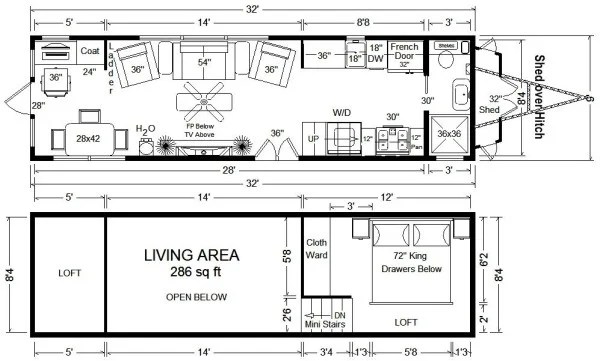
Tiny House Floor Plans 32 Home On Wheels Design

Free Tumbleweed Diy Tiny House Plans Houses

Escape Traveler A Tiny House On Wheels That Comfortably Sleeps 6 Floor Plans Trailer

Tiny House Plans The Project

224 Sq Ft Tiny House On Wheels By Living Homes Small Diy

Design A Tiny House On Wheels Tips And Tools For Diyers

Elegant Tiny House Plans On Wheels Free 4 Conclusion Trailer Floor

Easy Tiny House Floor Plan Designs
:max_bytes(150000):strip_icc()/ana-tiny-house-58f8eb933df78ca1597b7980.jpg?strip=all)
4 Free Diy Plans For Building A Tiny House

Free Preview Of 101 Tiny House Designs Book By Michael Jaen


